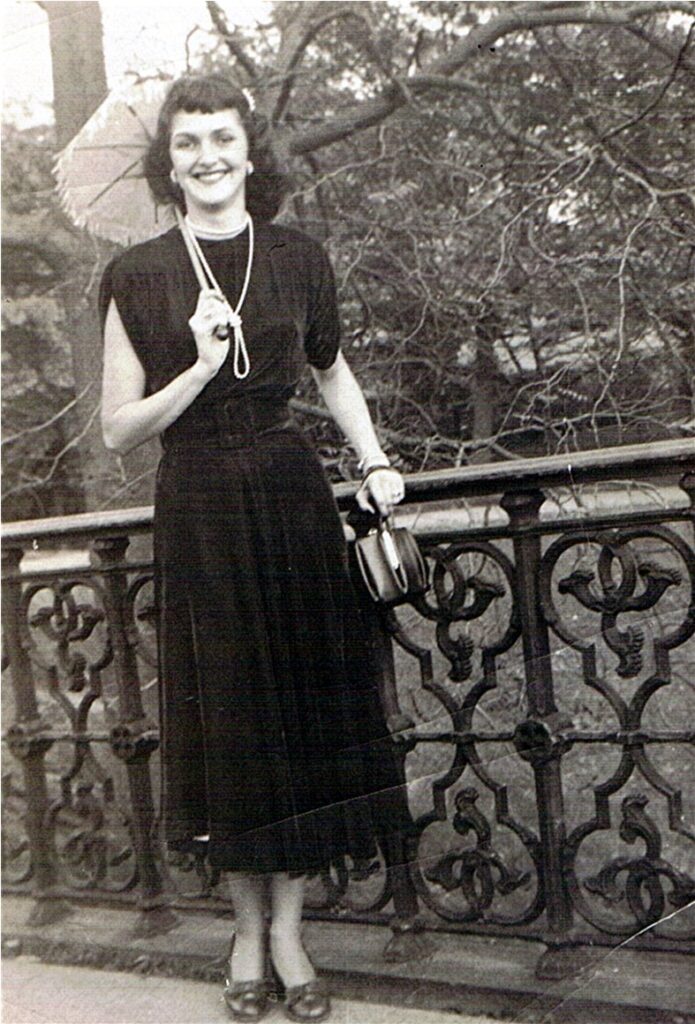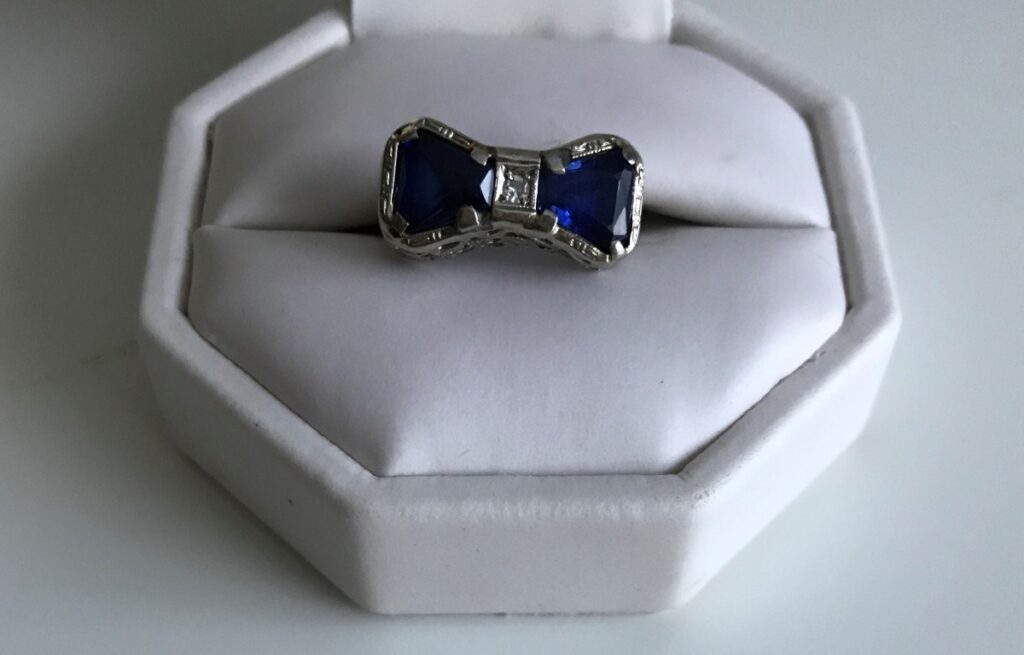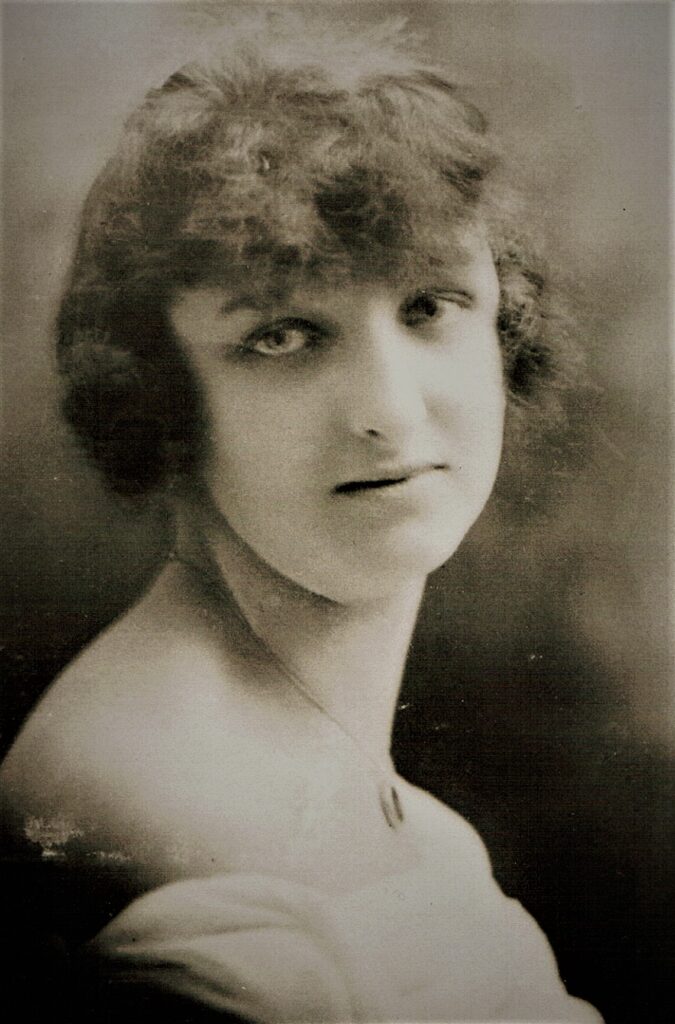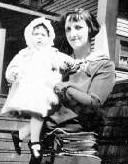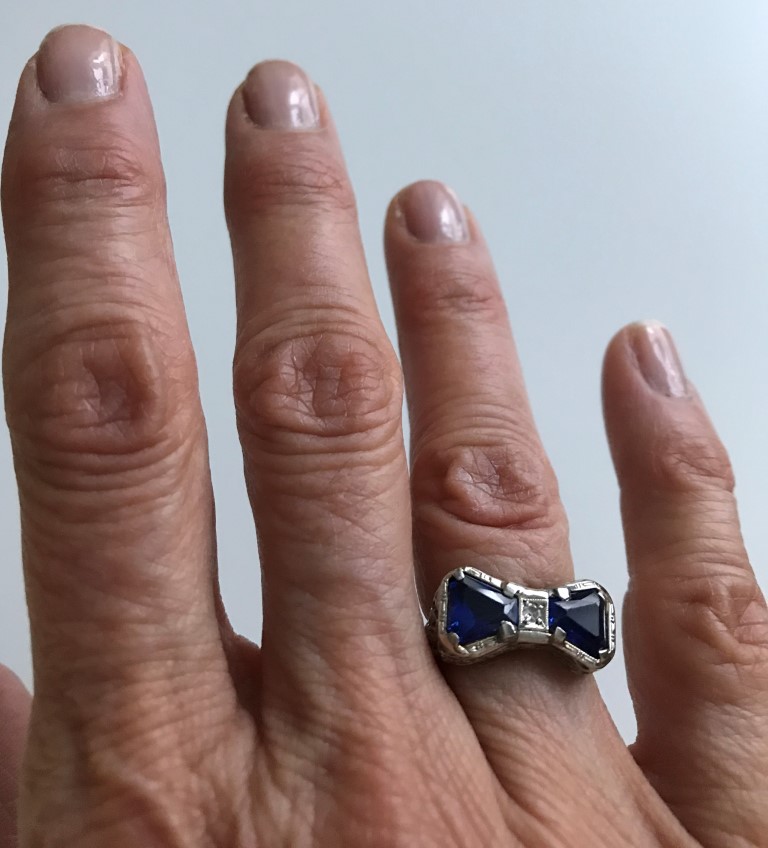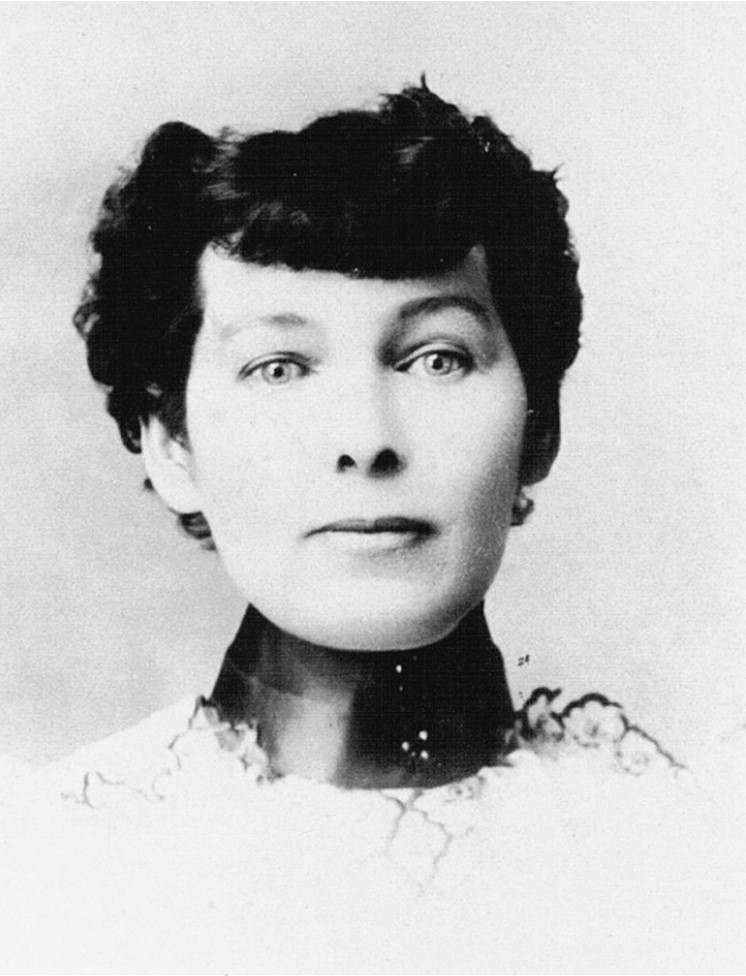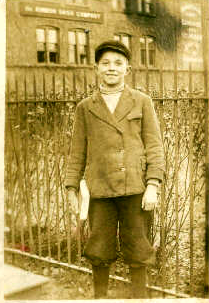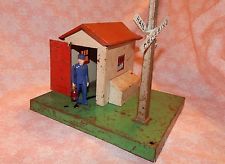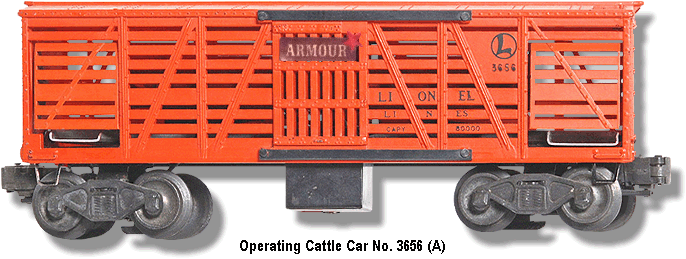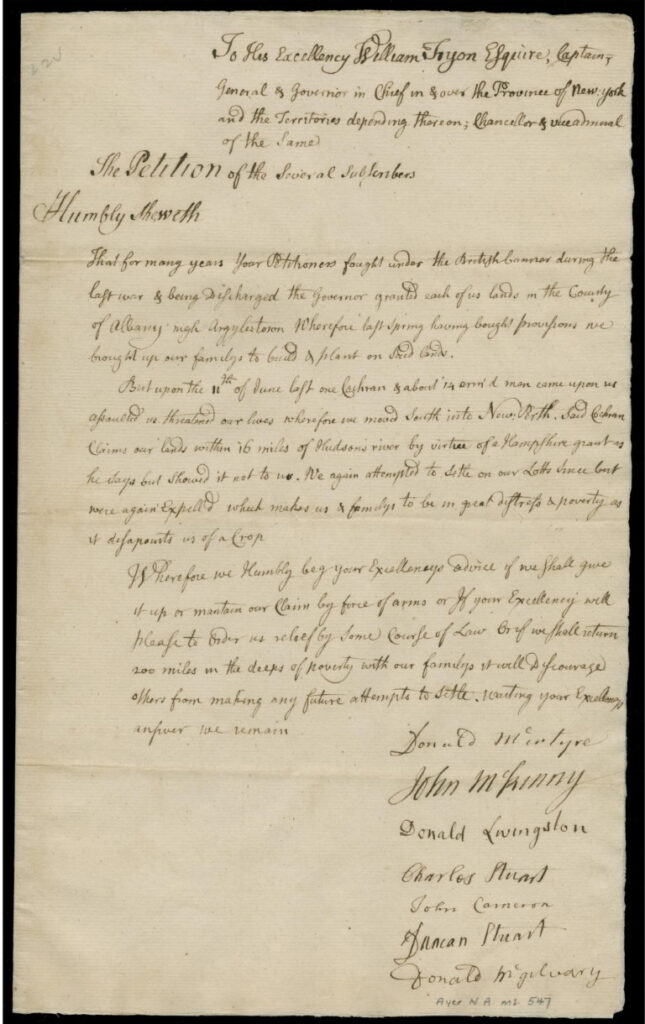WOMEN OF THE SAPPHIRE Part 3
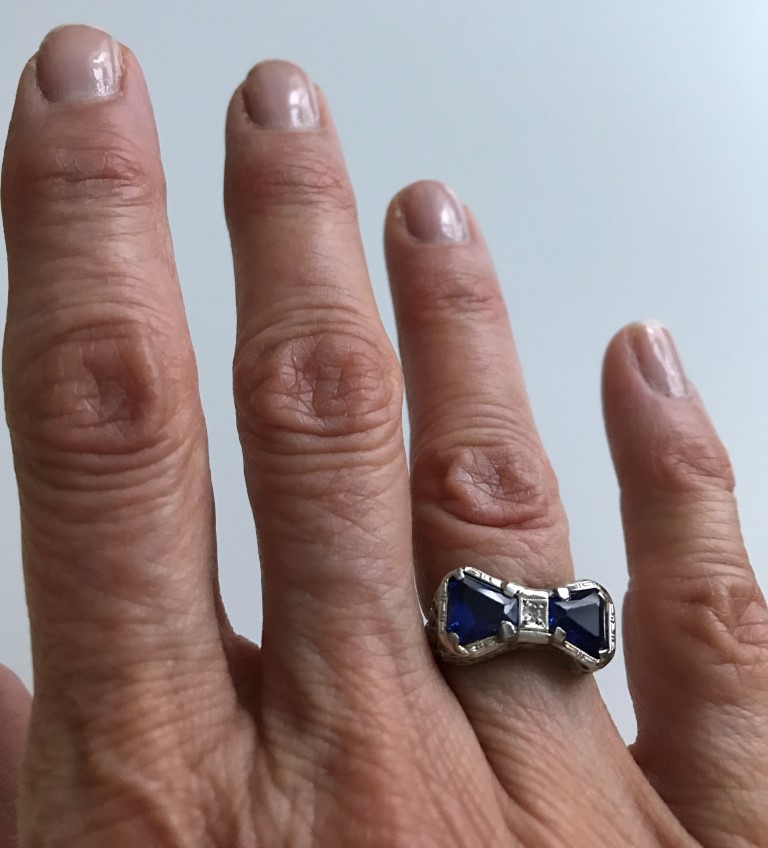
I’ve been inspired by my mother’s sapphire ring to reflect about three generations of women in my maternal line. This blue stone has strong symbolism, and there are several characteristics that have been associated with it since medieval times. These include power, strength, kindness, wise judgement, protection, good fortune and spiritual insight. I’ve presented my maternal great-grandmother and grandmother previously in this series; today I’m thinking about my mother and what sapphire qualities she possessed.
Mary-Jane Granger Eckhardt (1929-1998)
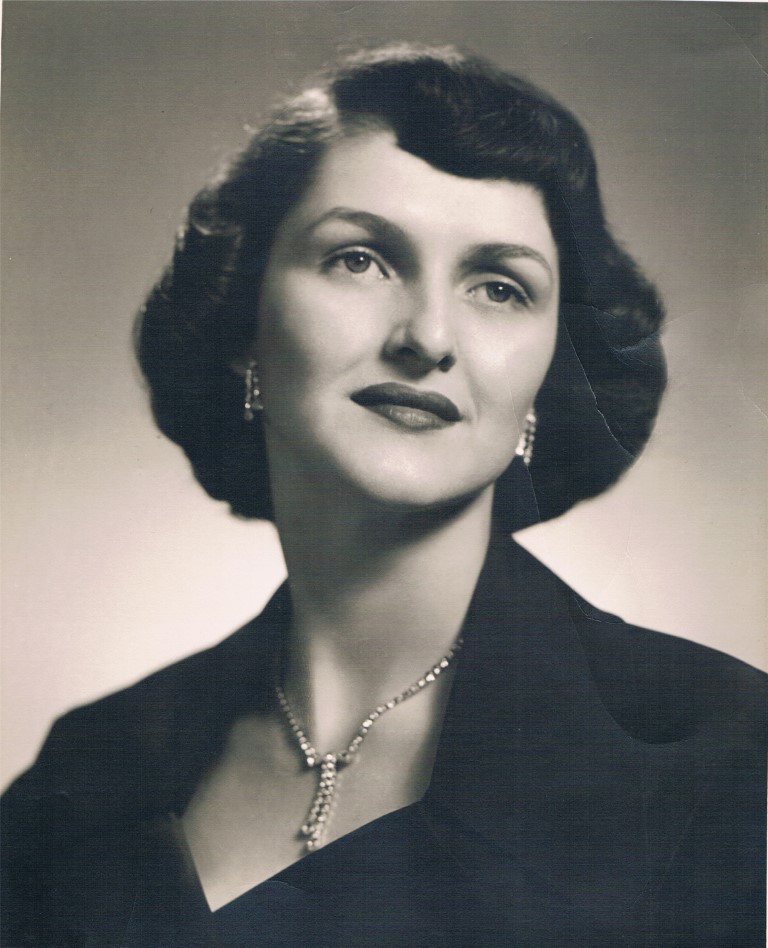
My mother was one powerful, strong woman. She was never afraid to “tangle” (her word) with anyone, be it the notorious neighbour my sister and I called Motorcycle Lady, or the doctor treating me for chronic pneumonia (she insisted I be tested for cystic fibrosis), or the local tavern that thought a sign saying “Gentlemen Only” could keep her out.
Mary-Jane taught me that I could do anything I put my mind to – and this I believed because, well, my mother said so! In our house there was no concept of limitations for girls, probably because Mary-Jane was the one who fixed the broken toasters, claiming my father didn’t know which end of a hammer to use (something he happily agreed with.) Also, she was better at math than she was at English, or sewing, or gardening. In another era, I know she’d have made a crackerjack software designer.
She responded to people with kindness first and she did this even when others did not:
- When an Indian family moved into our townhouse development and all the other neighbours stayed away, making whispered remarks about curry odours, Mary-Jane went over to introduce herself and struck up a long-lasting friendship with the beautiful young mother, learning about the lady’s culture and delighting in her wardrobe of exquisite saris.
- When my cousin Brian’s third wife, Karen, first came to his mother’s house to meet the family, nobody said very much to her. Karen told me after mom died that she felt awkward and unwelcome until my mother crossed the room to shake hands, saying, “Hi. I’m Aunt Mary-Jane.”
Mary-Jane loved babies and children. One of the best pieces of advice she ever gave me (and she gave me plenty of good advice) was when I had my own children. She said: “just love them.” This I have found to be a fine piece of wise judgement. What if this were every parent’s guiding mantra?
Like the fascinating sapphire stone itself, my three maternal ancestors – Josephine, Mary, and Mary-Jane – were multi-faceted. There was much more to their personalities than the particular sapphire characteristics I’ve described. But I’ve enjoyed viewing them through this “blue lens.”
May I learn from them to exhibit strength, wise judgement and especially kindness.
Something to ponder: Do you have any Sapphire Women in your life?
